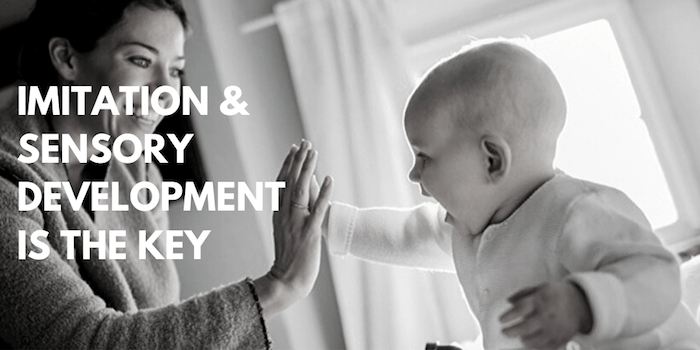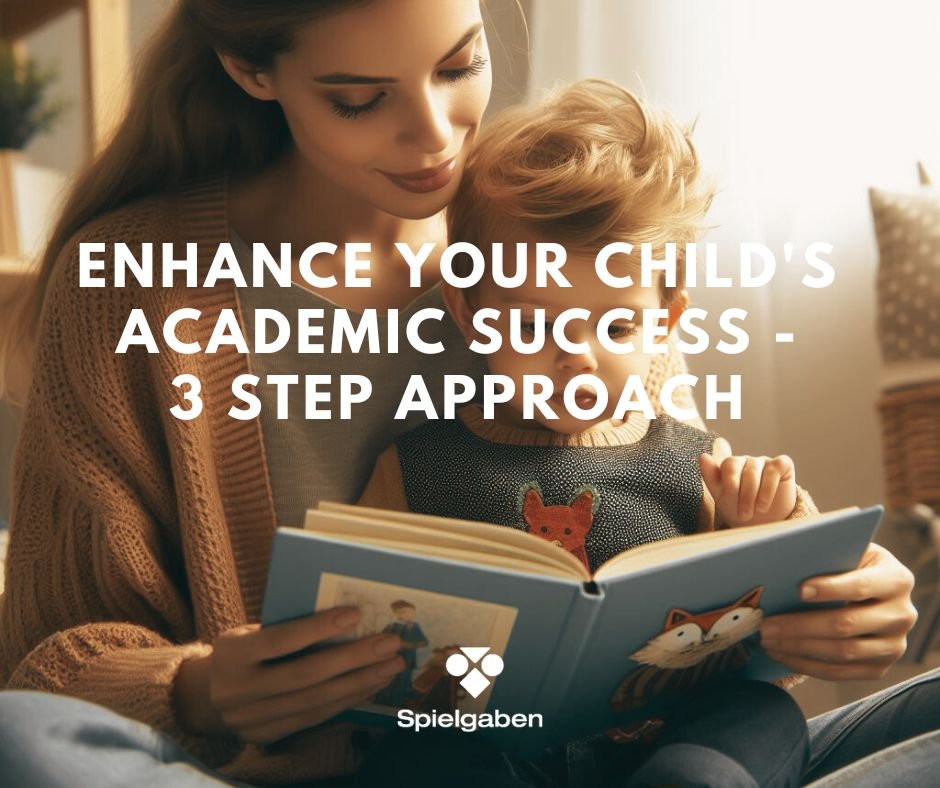Gratitude is a Superpower: Teach Your Kids to Harness It!
Teaching your child to be kind is a win-win for everyone. It makes the world a better place and, let’s be honest, who doesn’t want a neighbor who’s always ready to lend a hand or offer a smile? But here’s the twist: being kind isn’t just about making others feel good; it actually has amazing benefits for the kind-hearted person, too.
Yes, you heard that right! Encouraging kindness and gratitude can be one of the best things you do for your child’s well-being. So, how can you teach your kids to flex their gratitude muscles? Let’s dive into the why and how!
The Science of Gratitude: More Than Just Good Manners
Gratitude is more than saying “thank you”; it’s about recognizing all the good things around us and feeling a genuine appreciation for them. And here’s where it gets interesting: science backs up the benefits of gratitude.
A 2018 study published in the *Journal of Positive Psychology* found that people who regularly practice gratitude experience higher levels of happiness and hope for the future. The *Journal of School Psychology* also reported that adolescents with a grateful mindset show higher levels of optimism, greater life satisfaction, and even a lower risk of depression. Sounds like a pretty solid case for fostering gratitude, right?
1. Be a Gratitude Role Model
Children are like little detectives; they’re always watching and learning from us. So, the best way to teach gratitude is to lead by example. Holidays, like Christmas, are perfect for this. Picture the scene: instead of tearing through presents in a frenzy, why not slow down and appreciate each gift?
Encourage your children to savor the moment of unwrapping, to think about the person who gave them the gift, and to express their thanks—whether it’s for the latest gadget or just a pair of socks. This simple practice shows them that every gift, big or small, deserves a moment of gratitude.
Tip: Turn gift-giving occasions into a game of gratitude. After each present is opened, take turns sharing something you’re grateful for about the gift or the person who gave it. It’s a fun way to keep the spirit of thankfulness alive!
2. Make Gratitude a Daily Habit
Gratitude doesn’t have to be reserved for special occasions. Encourage your kids to practice gratitude daily by starting a “Gratitude Jar” at home. Each day, everyone can write down something they’re thankful for and put it in the jar. At the end of the week, or month, go through them together and reflect on all the good things you’ve experienced.
Tip: If your child enjoys drawing, turn the gratitude jar into a “Gratitude Art Jar” where they draw pictures of what they’re thankful for. It’s a creative way to make gratitude more engaging for younger children!
3. Encourage Gratitude Journaling
Keeping a gratitude journal can be a powerful tool for cultivating a grateful mindset. It’s as simple as writing down three things each day that they are thankful for. This practice has been shown to boost mood and increase overall happiness.
Why not start a family gratitude journaling session once a week? It can be a fun Sunday evening ritual where everyone gathers around with their notebooks and shares their favorite moments from the week. Not only does this reinforce the practice, but it also helps kids see the positives in their everyday life.
Tip: For younger kids who might not yet be comfortable writing, create a “Gratitude Wall” where they can stick up Post-it notes or pictures of things they’re thankful for. This visual reminder can be a great way to instill a sense of appreciation!
4. Turn Setbacks into Gratitude Opportunities
Life isn’t always smooth sailing, and it’s important for children to learn that even in tough times, there are things to be grateful for. Teach them to look for silver linings when things don’t go as planned. Did their favorite toy break? Maybe it’s a chance to spend time doing something else they love.
By helping your child see challenges as opportunities to find gratitude, you’re teaching them resilience and a positive outlook on life.
Tip: During difficult moments, use the “Three Good Things” exercise. Ask your child to name three good things that happened that day, no matter how small. It helps shift the focus from what went wrong to what went right.
5. Show Gratitude for Others Publicly
Encourage your kids to express gratitude openly. Whether it’s thanking a teacher, a friend, or even a stranger who holds the door open, public displays of gratitude can be contagious and inspire others to do the same. Plus, it reinforces the importance of recognizing and appreciating the kindness of others.
Tip: Create a “Thank You Card Station” at home with cards, stickers, and markers. Whenever your child feels grateful to someone, encourage them to make a card and personally deliver it. This simple act of gratitude will make both the giver and receiver feel great!
Wrapping It All Up
Gratitude is a gift that keeps on giving. By instilling a sense of gratitude in your children, you’re setting them up for a happier, healthier life. Remember, it’s not about being perfect—no one is! It’s about making small, consistent efforts to recognize and appreciate the good in our lives.
So, start small. Lead by example, make gratitude a daily habit, and watch as your child begins to see the world through a lens of appreciation and kindness. After all, a grateful heart is a happy heart, and who wouldn’t want that for their kids?













LEAVE A COMMENT